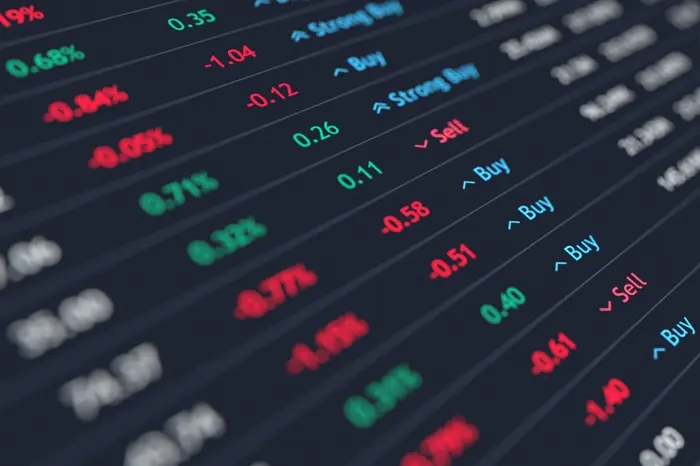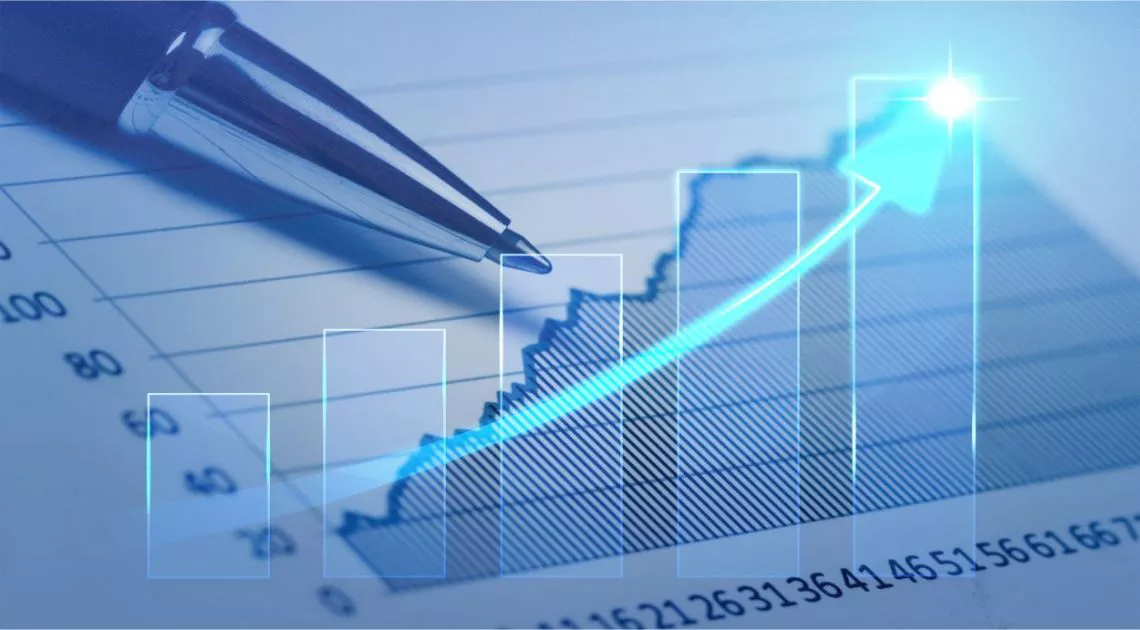Foreign exchange (Forex) trading is one of the most liquid and accessible markets in the world. With over $6 trillion traded daily, Forex operates 24 hours a day, five days a week, due to the global nature of the market. Understanding the Forex market’s different trading sessions is key to navigating the market efficiently and strategically. In this article, we will explore the open Forex sessions, how they work, and why knowing which session is open at any given time can help you make better trading decisions.
Introduction to Forex Trading
Forex trading involves the exchange of currencies, where traders buy one currency and sell another. It takes place in different regions across the world, with each region having its own trading session. These sessions overlap, and the market is always open, but at different times of the day.
The Forex market’s accessibility means that it’s open almost all the time, but the liquidity and volatility vary depending on the specific trading session. The trading day is divided into three main sessions: the Asian session, the European session, and the North American session.
Understanding when these sessions are active can help traders decide when to execute trades, as market conditions often change depending on which session is active.
Forex Market Trading Hours
The Forex market operates in different time zones based on global financial hubs. These trading sessions are marked by the opening of stock markets in different regions:
1. Asian Session (Tokyo Session)
Trading Hours: 11:00 PM – 8:00 AM GMT
Active Markets: Japan, China, Australia, South Korea
Key Currency Pairs: JPY, AUD, NZD, SGD
The Asian trading session, also known as the Tokyo session, is the first session of the Forex day. It begins when the Tokyo Stock Exchange opens and ends when the European session starts. During this session, Japan and other Asian countries take the lead in currency movements. However, the liquidity tends to be lower compared to the European and U.S. sessions, as fewer major global markets are open.
In the Asian session, the most traded currencies are the Japanese Yen (JPY) and the Australian Dollar (AUD). Because of the time zone, volatility during this session can be somewhat subdued, though large news releases from Japan or China can spur significant price movement.
2. European Session (London Session)
Trading Hours: 7:00 AM – 4:00 PM GMT
Active Markets: United Kingdom, Germany, France, Italy, Spain
Key Currency Pairs: EUR, GBP, CHF
The European session is considered the most active Forex trading session and is typically where the highest volume of trades occurs. The London Stock Exchange’s opening signals the start of the European session. London, being one of the largest Forex trading hubs globally, has a significant influence on the market during this time. Major European financial institutions and banks are the driving forces behind trading activity during this session.
When the European session overlaps with the Asian session, there is often an increase in volatility. The period from 7:00 AM to 9:00 AM GMT is particularly active due to the overlap with the Asian session and the market’s readiness to react to news and events from both regions.
The European session sees the highest activity in currency pairs involving the Euro (EUR), British Pound (GBP), and Swiss Franc (CHF). The Euro, in particular, is one of the most traded currencies globally, making the European session critical for traders focusing on EUR-based pairs.
3. North American Session (New York Session)
Trading Hours: 12:00 PM – 9:00 PM GMT
Active Markets: United States, Canada, Mexico
Key Currency Pairs: USD, CAD
The North American session, also called the New York session, begins when the New York Stock Exchange opens and ends when the session closes at 9:00 PM GMT. The United States dollar (USD) is the most traded currency globally, and its performance has a profound impact on Forex market activity during the North American session.
The New York session overlaps with the European session for several hours (from 12:00 PM to 4:00 PM GMT), which results in the highest liquidity and market movement. Traders typically experience the most volatility during this time, with a significant number of economic reports, corporate earnings, and news events coming out of the U.S.
During the New York session, major currency pairs involving the U.S. dollar (USD), such as EUR/USD, USD/JPY, and GBP/USD, see significant price movement.
What Forex Session Is Open Now?
To determine which Forex session is currently open, you need to keep track of global time zones and the trading hours of major financial centers. Forex operates across all time zones, so there is always a session active somewhere in the world.
The key to knowing which session is currently open is understanding the following:
The Time Zone Difference – The Forex market operates based on GMT (Greenwich Mean Time), so it’s crucial to convert your local time to GMT.
Trading Hours – As noted, the three main Forex trading sessions are based on the opening and closing times of the stock exchanges in each region.
Market Overlaps – The most active periods in the Forex market are the times when sessions overlap, particularly the European and North American overlap.
How to Calculate the Open Session?
Let’s say you are based in New York and want to know which session is open now. You would first convert your local time to GMT.
If it is between 12:00 PM and 9:00 PM GMT, the North American session is open.
If it is between 7:00 AM and 4:00 PM GMT, the European session is open.
If it is between 11:00 PM and 8:00 AM GMT, the Asian session is open.
By checking the current GMT time, you can identify which Forex session is active and adjust your trading strategy accordingly.
Importance of Session Timing in Forex Trading
Understanding the active session is critical for Forex traders for several reasons:
Market Liquidity – Different sessions offer varying levels of liquidity. The European and North American sessions typically offer more liquidity than the Asian session, making them favorable for traders who want tighter spreads and better execution.
Volatility – Each Forex session has its own volatility. For instance, the European and North American sessions tend to be more volatile due to higher trading volumes. The Asian session tends to be quieter, but it can still experience volatility due to major news events or reports coming out of China or Japan.
Strategy Optimization – Knowing which session is open allows traders to optimize their trading strategies. For example, scalpers may prefer to trade during the European or North American sessions when liquidity and volatility are higher, while trend-following traders may take advantage of the more stable trends during the Asian session.
News Events – Major news releases or economic reports, such as U.S. non-farm payrolls or European GDP data, tend to come out during specific sessions. Traders who keep track of the economic calendar can align their trades with these events to maximize profit.
How to Trade in Different Forex Sessions
Each Forex session presents its own set of opportunities and challenges. Here’s how you can approach trading in each session:
1. Trading in the Asian Session
Strategy: Range trading is often favored during the Asian session because price movements tend to be more stable and less volatile.
Opportunities: Focus on pairs like USD/JPY, AUD/USD, and NZD/USD.
Challenges: Liquidity is lower, which means wider spreads and less market momentum.
2. Trading in the European Session
Strategy: Trend trading works well in the European session, as volatility and liquidity are high.
Opportunities: Focus on the EUR/USD, GBP/USD, and EUR/GBP pairs.
Challenges: The market can move quickly, so it’s important to manage risk effectively.
3. Trading in the North American Session
Strategy: Day trading and momentum trading are common during the New York session.
Opportunities: Focus on the USD pairs like EUR/USD, USD/JPY, and GBP/USD.
Challenges: News events and high volatility can make the market unpredictable, so it’s important to stay alert and adjust your strategy accordingly.
Conclusion
The Forex market operates 24 hours a day across different time zones, with three main trading sessions: the Asian session, the European session, and the North American session. Each session has its own unique characteristics, and understanding when each session is open allows traders to make informed decisions based on market conditions.
Whether you’re trading during the Asian session with its calmer volatility, the European session with its active liquidity, or the North American session with its fast-paced momentum, knowing which session is open will help you optimize your trading strategy for success.
By keeping track of the market’s open sessions and understanding how to approach each one, traders can maximize their potential for profits and minimize risk in the highly dynamic world of Forex trading.
Related topics:































